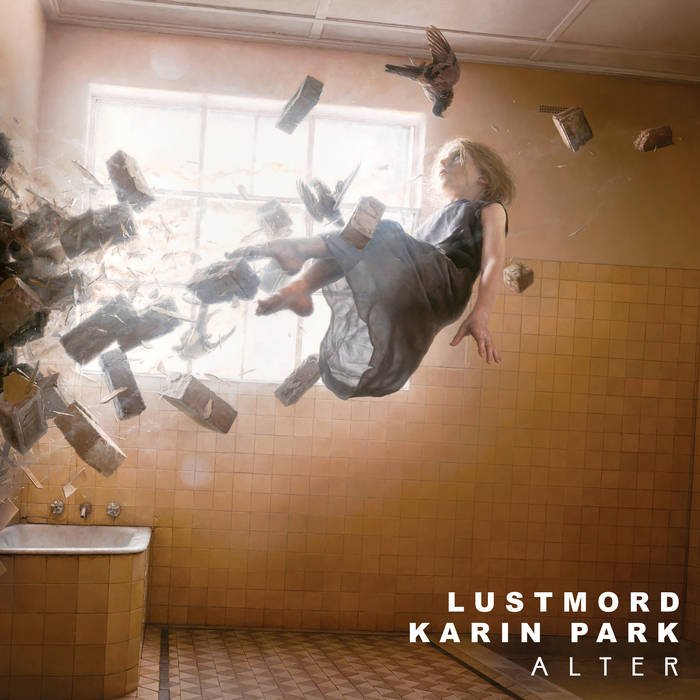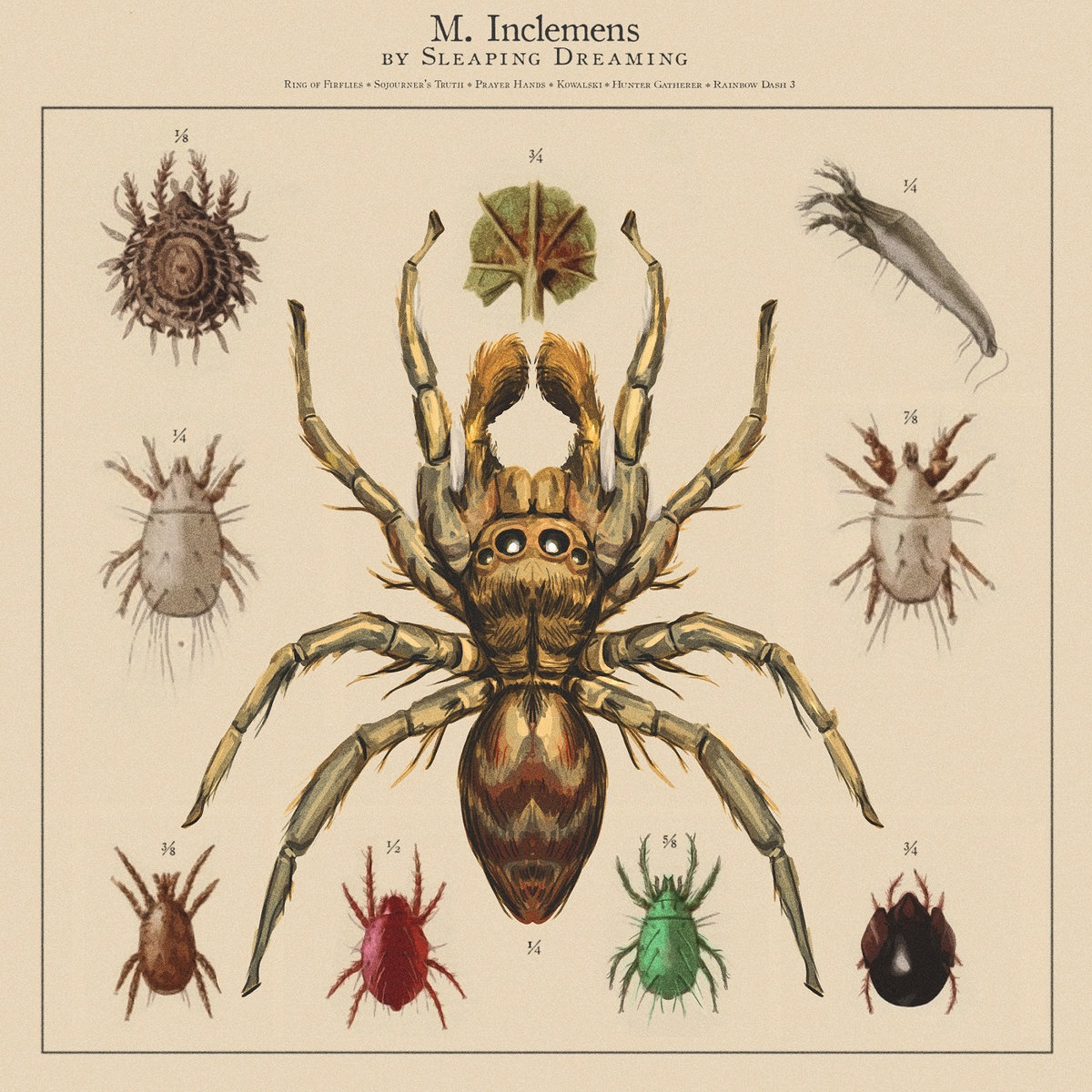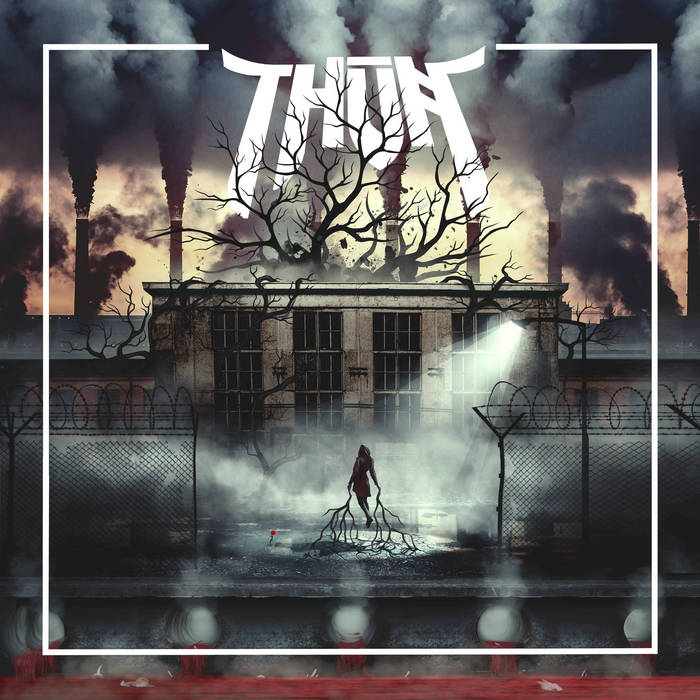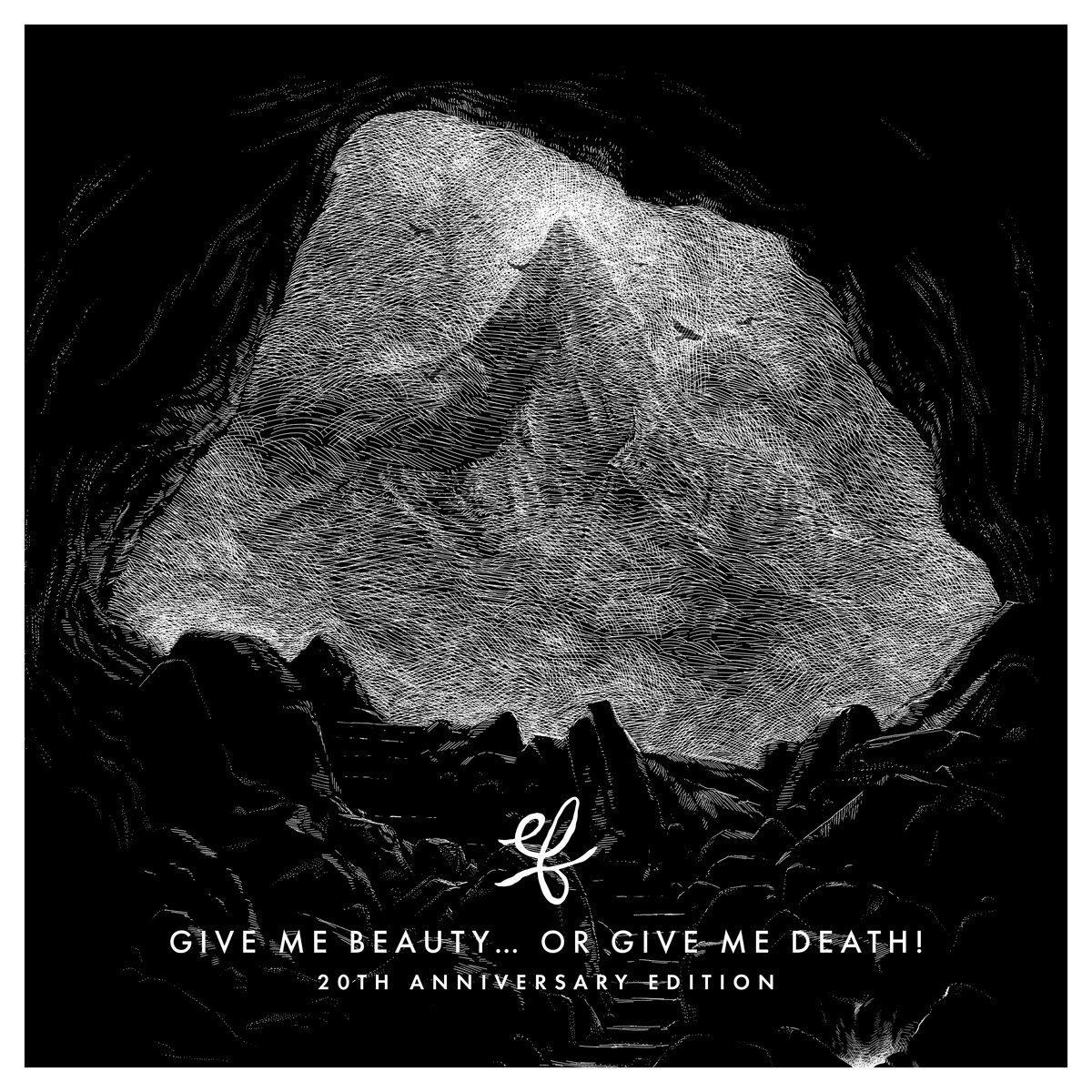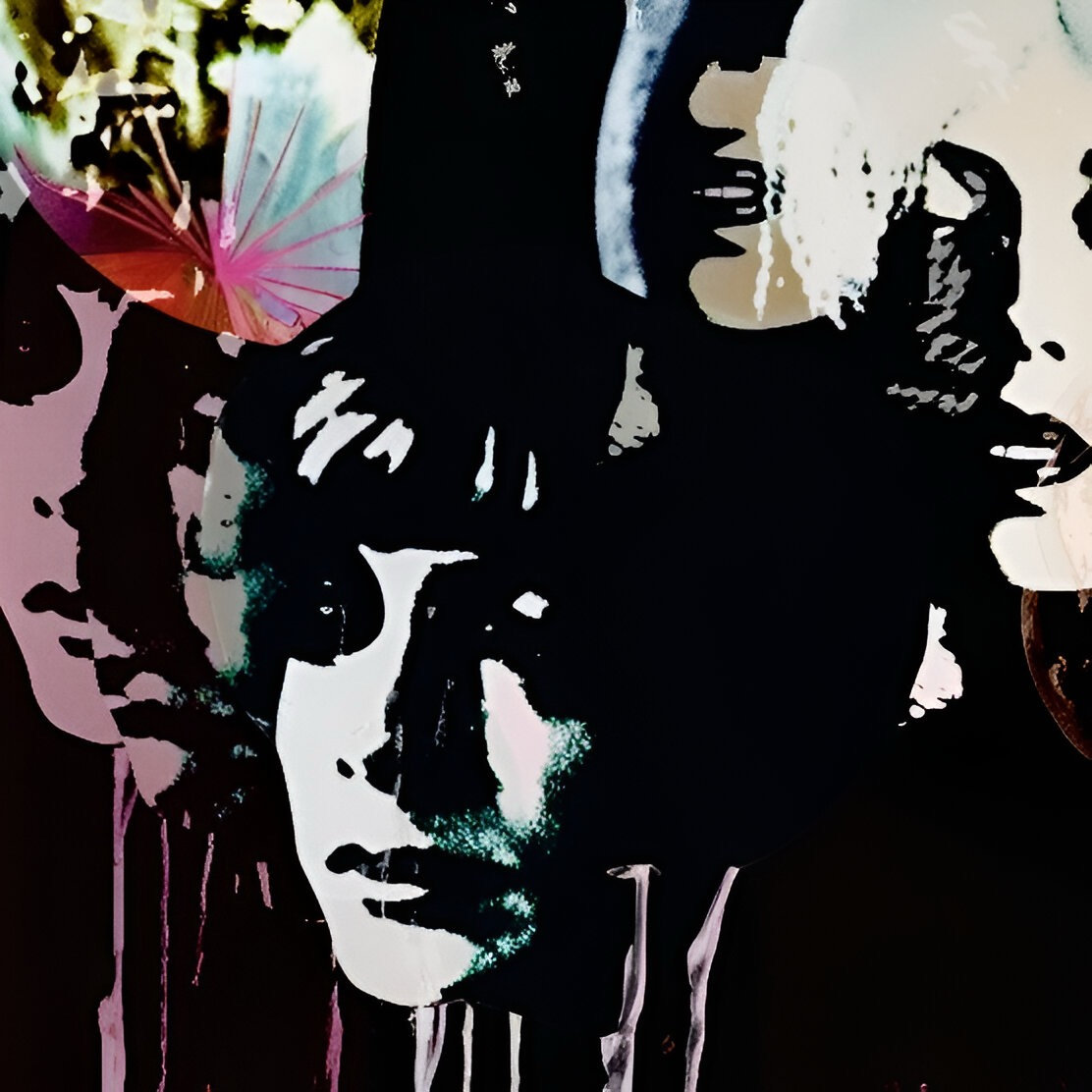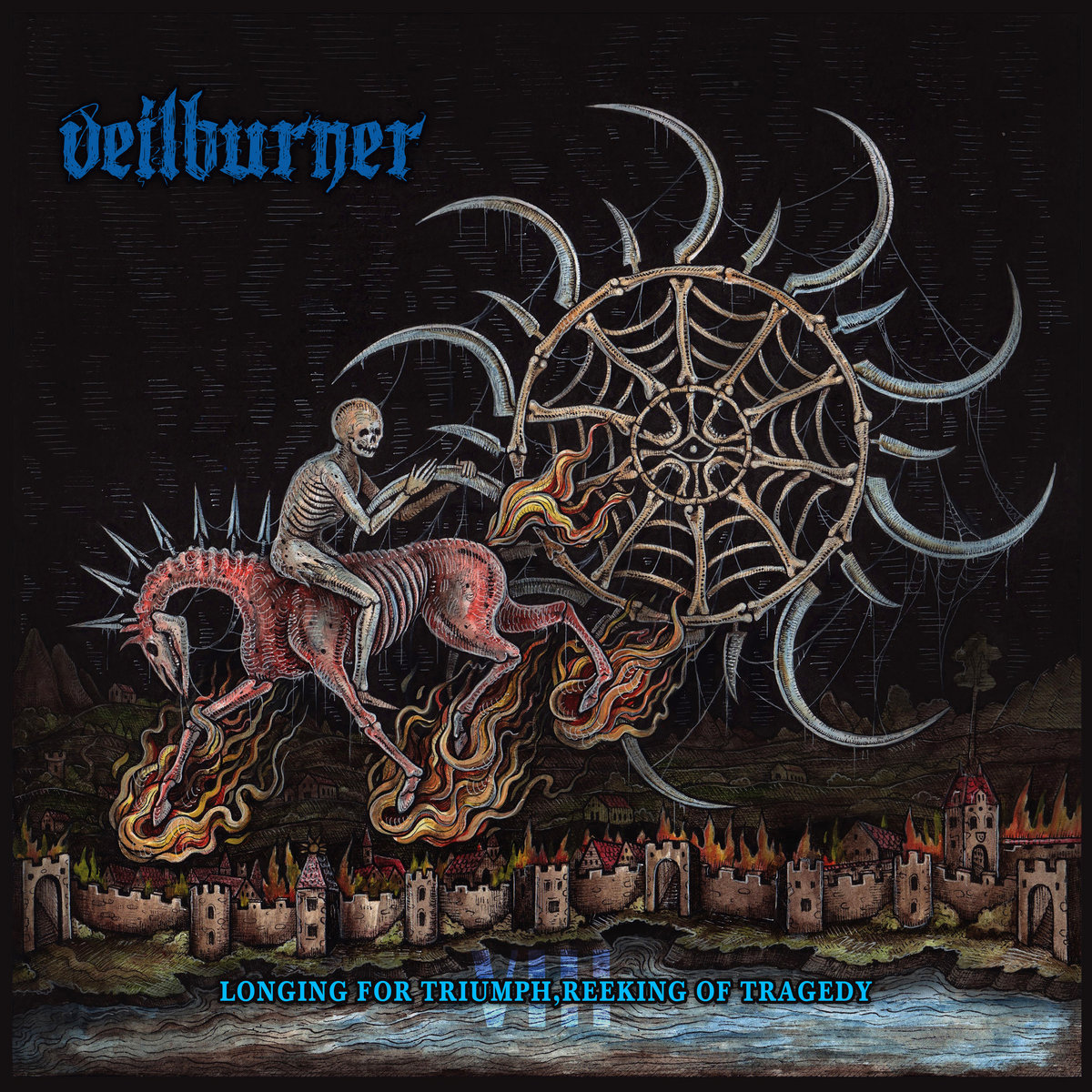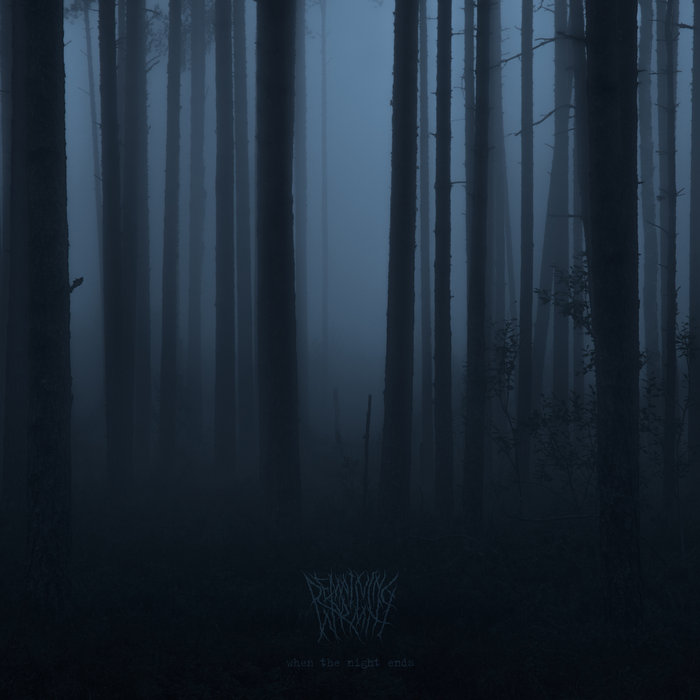How can we relate to music? To what extent do we build a connection with certain songs? What is the one thing that transforms the music around us into music in us?
As soon as the news was spread about a collaboration between Lustmord, one of the most iconic ambient artists of all time, and Norwegian “pop”-re-inventorix Karin Park, people started forming their own ideas of what the two artists would come up with. And yes, they came up with something that not many people would have expected.
First of all, let’s make one thing clear: The duo has clearly set duties on this collaboration – the music was made (seemingly for the bigger part) by Lustmord while Karin is contributing one of her best vocal performances ever. That shall not imply that both did not collaborate on both of these sides!
Now to my initial questions: How can we – as humans – form a connection with music? When listening to Alter it is certainly the combination of ambient music that appeals to our subconscious in a very positive and affirmative way. Even in moments, when the beats meander darkly through the songs resonating on the digital surface, sinking in for a tiny fraction and then bouncing back up. And this little bounce-back gives some songs (like the longest track ”Twin Flames”) a little Trip-Hop feeling while Karin’s voice and the echo and hall supporting it sometimes brings her very close to the sacred and religious vocals of Kristin Hayter aka Lingua Ignota. Yet, unlike Hayter’s very clear lyrics, used because of reasons which should be clear to everyone by now, Park’s vocals are very often merely harmonizing, compare the otherworldly elegance of ”Entwined”. Because of these vocals the other imminent connection is established: Lisa Gerrard of Dead Can Dance. Karin seems to channel the world music aspect of Dead Can Dance delivering vocals that seem language-less but not emotionless. She speaks directly to everyone no matter where that person is from or what the personal background and history is. And maybe that is why one can connect with this album so easily – we have a musical background that is calming and floating, that speaks to our heart (which is not that often for an ambient album as many of them still have some clinical connotations). Together with the vocal harmonies it is a music that must be felt, as that is what it is aiming an. Feeling, not understanding.
Of course, there are moments that can be analyzed: For example, when one hears the organ underneath the noise in ”Kindred” a comparison to Swedish singer Anna von Hauswolff appears with ecclesiastical music as a connecting point – von Hauswolff’s favorite instrument is the organ and she uses it very well. On this track the organ hits just the same, church-like sound that we know from big cathedrals (probably without having been recorded in one). There is a parallel between ecclesiastical music and Alter: both try to elevate the listener and bring him to a new, a higher dimension, where one is at peace and one with the higher being or higher consciousness. Alter does the same thing, it connects with us, slows us down (even my breathing became calmer and deeper) and gives us moments of clarity through non-thinking.
When ”Sele” is over with all its trippy, shuffling beats and wonderful melancholy (which is a little bit reminiscent of the music in Björk’s magnificent ”I’ve Seen It All”), there remains a certain warmth inside of the listener. The last 66 minutes have been wonderfully alleviating, tender and hearty – find an ambient album that does that. This is certainly the Dead Can Dance album of 2021 (unless … you know) and it might also be the best collaboration between one of the ambient gods and a singer that you can hear up to now. There is nothing artsy about this record, it is more like the warm embrace by a person you have never met before but which speaks directly to your heart. Welcome home to a music that can connect.

